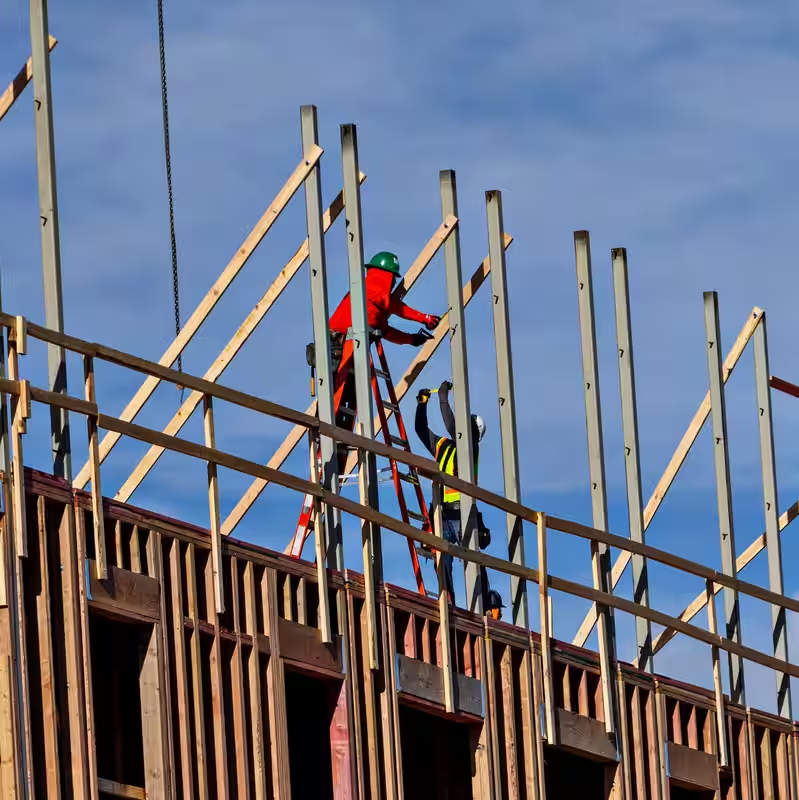Table of Contents
- Trump Enacts Tariffs on Lumber and Furniture
- Tariff Breakdown: Rates and Timelines
- Why Is This a ‘National Security’ Issue?
- Industry Reactions: Winners and Losers
- Impact on American Consumers and Housing
- Broader Trade War with China Heats Up
- Sources
Trump Enacts Tariffs on Lumber and Furniture
Effective Tuesday, October 14, 2025, President Donald Trump has imposed sweeping new tariffs on imported lumber, kitchen cabinets, and upholstered furniture—escalating his trade war with China and sending ripples through the U.S. housing and retail sectors.
The move, enacted under Section 232 of the Trade Expansion Act of 1962, cites “national security” as justification, claiming wood products are essential for military infrastructure. Critics, however, call the rationale a stretch—and warn that everyday Americans will pay the price.
Tariff Breakdown: Rates and Timelines
The new tariffs hit a range of everyday goods with immediate and future increases:
| Product | Initial Tariff (Oct 14, 2025) | Rate After Jan 1, 2026 |
|---|---|---|
| Imported wood & timber | 10% | Unchanged |
| Upholstered furniture (sofas, chairs) | 25% | 30% |
| Kitchen cabinets & bathroom vanities | 25% | 50% |
While much of the lumber comes from Canada, furniture and cabinets are heavily sourced from Asia—including China, Vietnam, and Indonesia.
Why Is This a ‘National Security’ Issue?
The Trump administration argues that wood products are used in “critical functions of the Department of War,” such as building barracks and transporting munitions. But economists and trade experts are skeptical.
“If war broke out tomorrow, there would be zero concern about American ‘dependence’ on foreign lumber or furniture,” wrote Scott Lincicome of the Cato Institute.
Legal scholars note that using Section 232—a Cold War–era law meant for steel and aluminum—for furniture stretches its original intent beyond recognition.
Industry Reactions: Winners and Losers
Not all businesses oppose the tariffs. Some U.S. manufacturers, like Ethan Allen, which produces nearly half its furniture domestically, see a competitive edge.
“Tariffs are affecting us less, but it certainly is going to affect our industry,” said CEO Farooq Kathwari. Still, he cautioned that reshoring production is “not easy” due to high labor and healthcare costs.
Meanwhile, companies like Naturepedic—an Ohio-based organic mattress maker—are already raising prices. “We’re not trying to pass the cost off to our consumers completely,” said Chief Growth Officer Arin Schultz. “We’re still going to be eating a good amount of it.”
Impact on American Consumers and Housing
Economists warn the tariffs could slow home construction and make housing less affordable—ironic, given the administration’s stated goal of boosting the housing market.
“It runs counter to the goals of making housing more affordable,” said Daryl Fairweather, chief economist at Redfin. “In the end, you’re just going to get fewer homes built.”
With lumber prices already volatile, the 10% tariff could add hundreds—or even thousands—to the cost of new builds and renovations.
Broader Trade War with China Heats Up
The furniture and lumber tariffs arrive amid renewed U.S.-China tensions. Last week, Beijing restricted exports of rare earth minerals, prompting Trump to threaten a 100% tariff on all Chinese goods by November 1.
Though he later softened his tone on Truth Social—writing, “Don’t worry about China, it will all be fine!”—markets remain on edge. The S&P 500 plunged Friday on fears of a full-blown trade rupture.
These new tariffs may be just the opening salvo in what could become the most aggressive trade confrontation since 2018.
Sources
The New York Times – Trump Ramps Up Trade War as Tariffs on Lumber and Furniture Kick In




